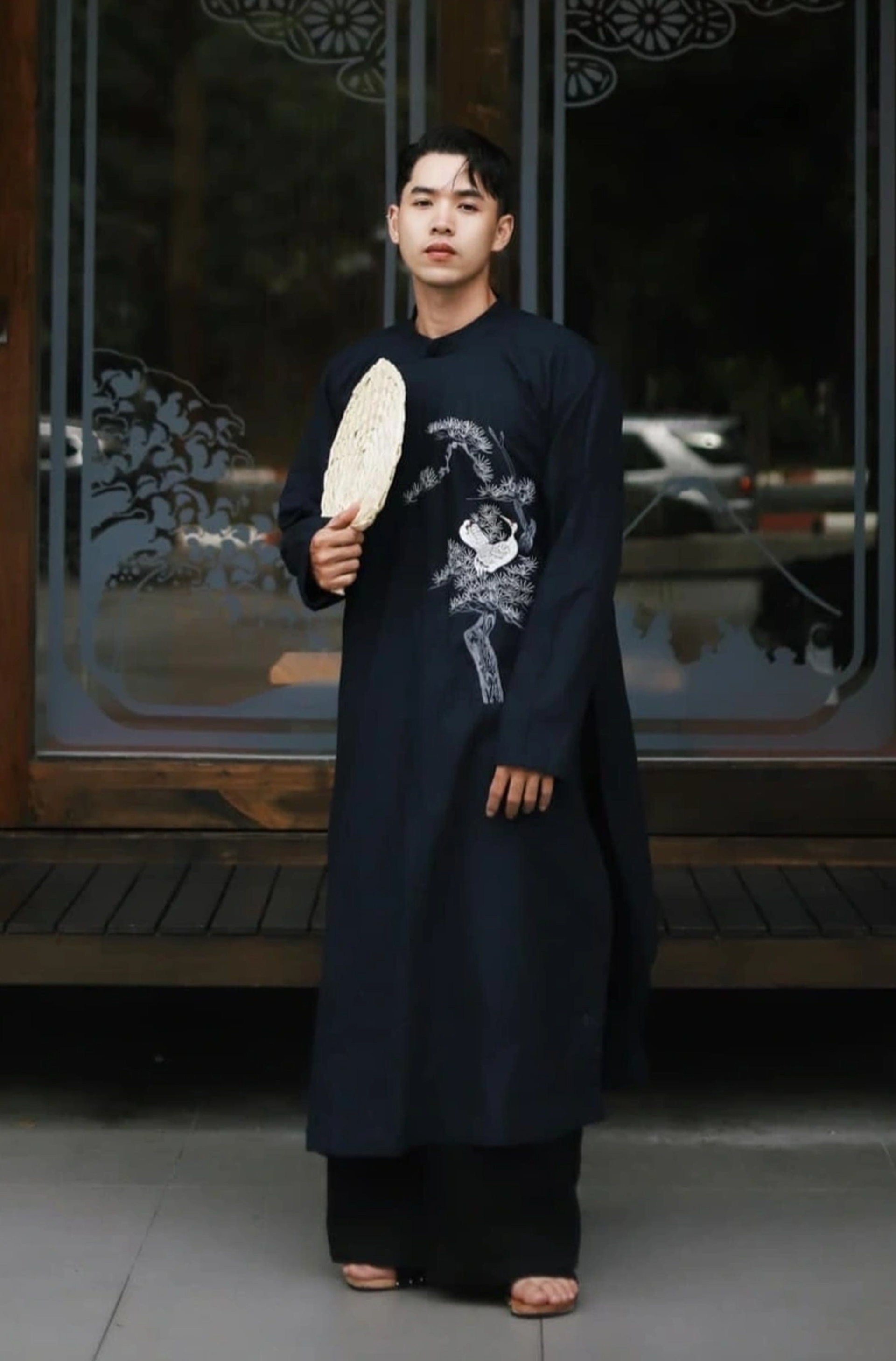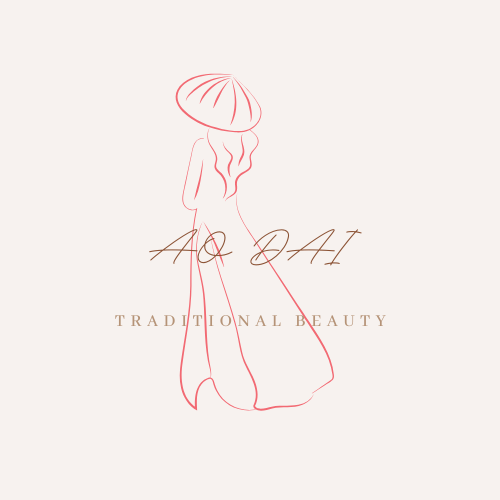Discover how to differentiate men’s Ao Dai from women’s Ao Dai in our guide.
Introduction
The proposal to designate the áo dài as the national costume has sparked a debate on the different fates of the áo dài for men and women in Vietnamese society. While the áo dài for women has been widely embraced and celebrated, the áo dài for men has faced criticism and resistance. This disparity in reception reflects the historical development of the áo dài, with the women’s áo dài undergoing multiple revolutionary changes and being welcomed, while the men’s áo dài has experienced fluctuations in its status.
Historical Background
The áo dài for men and women has a long history in Vietnamese culture, with the men’s áo dài predating the women’s version. However, the women’s áo dài has undergone several revolutionary changes, particularly in the 1930s, when it was modernized to align with the Westernization movement and the demand for gender equality. These changes were seen as a symbol of liberating women from the traditional constraints of the feudal regime and Confucianism.
- The women’s áo dài has been continuously modernized and celebrated, reflecting the evolving beauty standards and societal values.
- In contrast, the men’s áo dài has been associated with outdated and conservative symbols, leading to its diminishing significance in Vietnamese culture.
Differences in Design
The design of the áo dài for men and women differs significantly, reflecting the historical and cultural differences in their roles and perceptions. The áo dài for women has undergone numerous revolutionary changes, with designers creating bold and innovative styles that reflect the liberation and empowerment of women in Vietnamese society. In contrast, the áo dài for men has faced challenges and criticism, with its design being associated with outdated and conservative perceptions. The evolution of the áo dài for women has been celebrated, while the áo dài for men has struggled to maintain its cultural significance.
Impact of Western Influence
The influence of Western culture has played a significant role in shaping the design of the áo dài for men and women. While the áo dài for women has embraced modernization and innovation, the áo dài for men has struggled to adapt to changing societal norms and perceptions. The design differences reflect the broader cultural shifts and challenges faced by traditional Vietnamese attire in a rapidly changing world.

Challenges and Misconceptions
The design differences also highlight the challenges and misconceptions surrounding the áo dài for men. The association of the áo dài for men with negative stereotypes and outdated perceptions has hindered its acceptance and celebration. This has led to a lack of understanding and appreciation for the cultural and historical significance of the áo dài for men, further perpetuating its struggles in maintaining relevance in contemporary Vietnamese society.
Fabric and Color Choices
Fabric and Color Choices
When it comes to fabric and color choices, the áo dài for women and men differ significantly. Traditionally, the áo dài for women is made from luxurious, flowing silk fabric, often in vibrant colors such as red, pink, or yellow. The fabric is chosen for its softness and ability to drape elegantly, creating a feminine and graceful silhouette. In contrast, the áo dài for men is typically made from sturdier, more structured fabrics such as cotton or linen, in more muted colors like black, blue, or brown. The fabric and color choices for áo dài reflect the traditional gender roles and expectations in Vietnamese culture.
In recent years, there have been efforts to modernize the fabric and color choices for both áo dài for women and men. Designers have experimented with different fabrics such as chiffon and organza for women’s áo dài, creating a more contemporary and lightweight look. Similarly, men’s áo dài have seen a shift towards using more modern, breathable fabrics in a wider range of colors, allowing for greater flexibility in styling and personal expression. These changes in fabric and color choices aim to make the áo dài more versatile and appealing to a modern audience, while still honoring its traditional roots.
Fabric Choices
– Women’s áo dài traditionally made from silk
– Men’s áo dài traditionally made from cotton or linen
– Modernization efforts include using chiffon and organza for women’s áo dài
– Men’s áo dài now using more breathable and versatile fabrics
Color Choices
– Women’s áo dài traditionally in vibrant colors like red, pink, or yellow
– Men’s áo dài traditionally in more muted colors like black, blue, or brown
– Modernization efforts include a wider range of colors for both women’s and men’s áo dài
– Efforts to make áo dài more versatile and appealing to a modern audience while still honoring tradition
Accessories and Styling
When it comes to styling the traditional Vietnamese áo dài, accessories play a crucial role in enhancing the overall look. For women, the áo dài is often paired with a non la (conical hat) and a silk sash, adding a touch of elegance and sophistication to the outfit. In addition, women may also wear delicate jewelry such as pearl earrings or a dainty necklace to complement the áo dài. On the other hand, men’s áo dài can be accessorized with a mandarin collar or a brocade vest, along with a matching silk sash. These accessories not only add a cultural significance to the attire but also showcase the wearer’s attention to detail and appreciation for Vietnamese tradition.
Traditional vs Modern Styling
In traditional Vietnamese culture, the áo dài is often styled in a more conservative manner, with subdued colors and minimalistic accessories. However, in modern times, there has been a shift towards more vibrant and contemporary styling of the áo dài. This includes experimenting with different fabrics, patterns, and embellishments, as well as incorporating modern accessories such as statement earrings, bold belts, and stylish footwear. The fusion of traditional and modern elements in áo dài styling reflects the evolving fashion landscape in Vietnam, where the garment continues to be celebrated as a timeless and versatile attire.
In conclusion, the key to differentiating men’s ao dai from women’s lies in the design details, such as the fit, collar style, and fabric choices. By focusing on these elements, designers can create distinct and stylish ao dai for men that honor tradition while embracing modernity.



